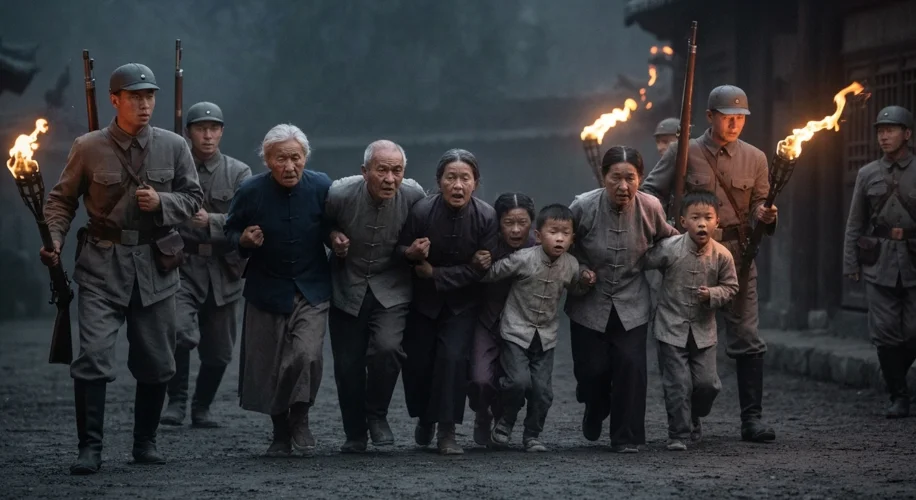In the annals of dynastic China, a chilling legal concept loomed large, capable of extinguishing not just an individual, but their entire lineage: the practice of lianzu or “family annihilation.” This was not merely the punishment of a single wrongdoer; it was a systematic eradication, a terrifying testament to the absolute power of the emperor and the perceived need to purge any potential for future dissent. Imagine a decree issued, not just condemning a traitor to death, but extending that fate to their parents, siblings, children, and often even extended family members. The sheer scale of such a punishment is almost incomprehensible by modern standards, yet it was a grim reality for centuries.
The legal framework for such a drastic measure was deeply rooted in the concept of collective responsibility and loyalty to the throne. Dynastic China operated under a rigid social hierarchy where the emperor was considered the Son of Heaven, his authority absolute and unquestionable. Any act deemed treasonous, seditious, or gravely rebellious was seen as an affront not just to the emperor, but to the cosmic order itself. The rationale behind family annihilation was multifaceted: it served as the ultimate deterrent, aimed to eliminate any possible avengers or inheritors of the condemned’s ‘evil’ legacy, and reinforced the state’s absolute control over its subjects.
The Tang Dynasty (618-907 CE) is often cited as a period where this practice was particularly codified and rigorously applied. While earlier dynasties certainly employed severe punishments, the Tang legal code specified categories of capital crimes that could trigger the extermination of up to three degrees of kinship. Later dynasties, like the Ming (1368-1644 CE) and Qing (1644-1912 CE), continued and sometimes expanded upon these precedents. The legal statutes were explicit: if an individual committed a crime against the state, their father, mother, sons, daughters, brothers, and paternal uncles could all face execution. The severity often depended on the nature of the crime and the perceived threat to the dynasty.
The implementation of such a sentence was a brutal affair. Local officials were tasked with identifying and apprehending all implicated family members. Arrests would be swift and often indiscriminate, casting a shadow of terror over entire communities. The condemned, regardless of age or complicity, would be paraded through the streets, their crimes proclaimed, before being subjected to execution. Methods varied but often included beheading or strangulation. Children, even infants, were not spared. The objective was complete annihilation, leaving no one to carry on the family name or to remember the condemned.
The societal impact of lianzu was profound and far-reaching. It fostered an atmosphere of pervasive fear and suspicion. Loyalty to the ruling dynasty was paramount, eclipsing even familial bonds in its ultimate importance. Individuals might be forced to betray their own relatives to save themselves, or conversely, to suffer a shared fate. This practice also had a devastating effect on the social fabric, disrupting communities and creating orphaned survivors who were ostracized and often lived in constant fear of discovery or reprisal. The concept of disgrace extended beyond the individual to the entire bloodline, a scar that could never be erased.
Consider the case of the infamous usurper Wang Mang during the Xin Dynasty (9-23 CE). When his rule was overthrown, his entire family, including his own children, were subjected to execution. While specific details are often lost to the mists of time, historical records hint at numerous instances where political purges led to the widespread application of this extreme punishment. The Yongzheng Emperor, known for his efficiency and ruthlessness, is also recorded to have employed severe familial punishments against those who opposed him.
The legacy of lianzu is a stark reminder of the brutal realities of imperial power in pre-modern China. It highlights a legal and social system that prioritized the stability and authority of the state above all else, even the sanctity of family life. While the ultimate goal was to maintain order and prevent rebellion, the human cost was immense. The practice of family annihilation underscores the vast gulf between the ideals of justice and the harsh realities of power, leaving an indelible mark on China’s long and complex history. It is a chapter that compels us to reflect on the evolution of human rights and the enduring struggle for justice in the face of absolute authority.

